| Home |
Who we are |
What we do |
Our projects |
Contact us |
Structural DefensesStructural defenses are justified where people may be exposed for long periods of time in avalanche areas (e.g., in buildings or houses), where valuable objects are exposed, or where avalanche risk is too high or cannot be otherwise avoided. If possible (or justified based on high property values) buildings and areas that concentrate human use should be located outside the limits of the “design avalanche,” an event with a return period of 100 to 300 years. If this is not possible or is undesirable for political, legal, or economic reasons, structural protection must be used. This can take the following forms: |
- direct protection of buildings, valuable objects, highways, railroads;
- deflecting avalanches and/or channelizing flowing snow;
- arresting snow and storing it,
- supporting snow in the starting zone (preventing release or reducing the released slab size)
Options (a) through (c) require that the design avalanche velocity, impact pressure and flowing height be calculated in advance. Option (d) requires knowledge of the snowpack depth and density, ground roughness and the state of stress in the snowpack in the starting zone.
The following photos are examples of structural protection:
(a) Direct Protection
These structures have been reinforced for snow impact and static forces:
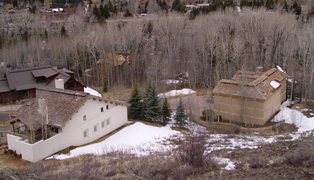
Residential Structures, Sun Valley, Idaho |
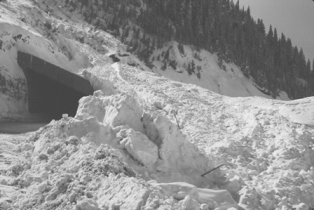
East Riverside Snowshed, Red Mtn. Pass, SW Colo. |

Transmission Line Tower, Ophir, Colorado |
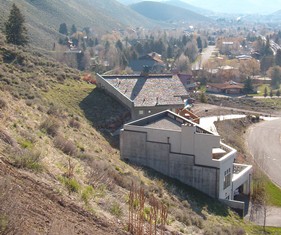
Residential Structure, Ketchum, Idaho |
(b) Deflecting and/or Channelizing Avalanches
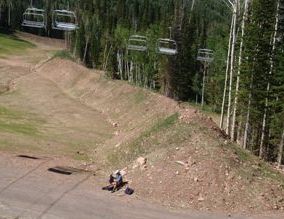
Deflecting Berm, Park City, Utah |
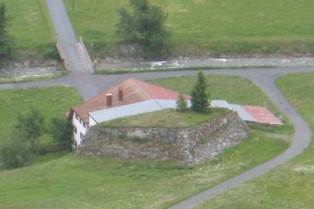
Earthen Splitting Wedge, Galtur, Austria |
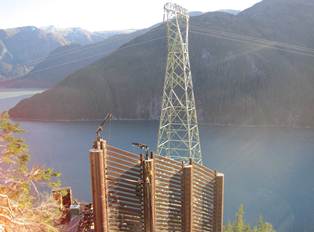
Steel Splitting Wedge, Snettisham, Alaska |
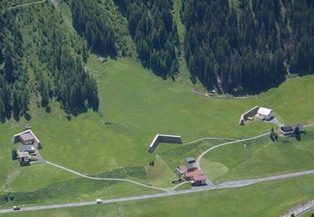
Deflecting Structures, Galtur, Austria |

Stóri-boli Earthen Deflection Dam, Siglufjörður, Iceland |
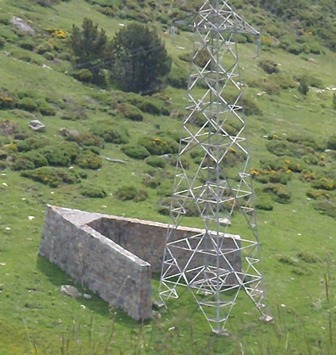
Masonry Deflection Wedge, Val d'Aran, Spain |
(c) Arresting and Storing Snow & Debris
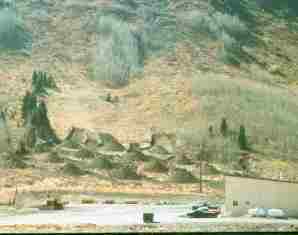
Earthen Mounds, Crested Butte, Colorado |
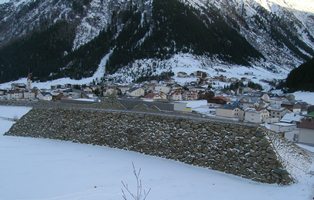
Avalanche Dam, Galtur, Austria |
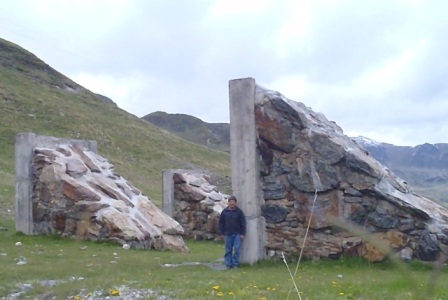
Stone & Concrete Mounds, Pas de la Casa, Andorra |
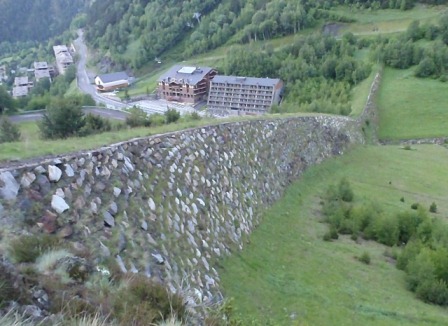
Avalanche Dam, Arinsal Valley, Andorra In February 1996, a large avalanche impacted several building shortly after authorities completed an evacuation. No fatalities occurred, but property damage was significant. This dam and other protective measures were completed after the 1996 avalanche. The dam is over 1000 long and 52 feet high. |
(d) Supporting Structures in the Starting Zone
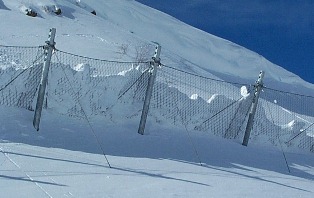
Snow nets, Mt. Crested Butte, Colorado |
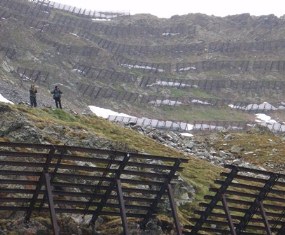
Snow Bridges, Galtur, Austria |
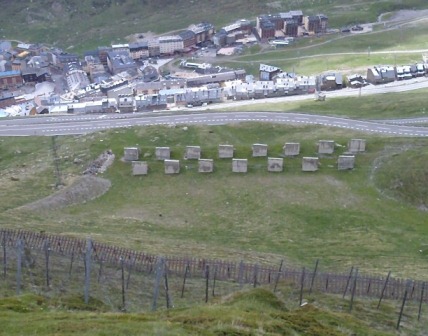
Snow nets, Pas de la Casa, Andorra An avalanche in 1970 damaged several buildings and killed one person at this ski resort village. Risk has been reduced with protective structures and a tunnel under the pass. |
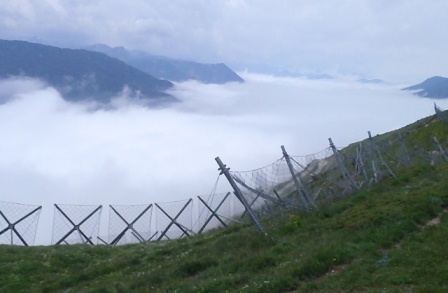
Combined types of Starting Zone Structures The upper structures are continuous "woven" flexible steel cable nets that use a swivel post to transfer part of the snowpack stress to the ground. The lower "umbrella" style structures are discontinuous and each structure has a single ground tension anchor point. |
